Asiana A350 Has (Dangerously?) Low Approach To SFO
One Mile at a Time
FEBRUARY 24, 2025
Its interesting to note that the plane was both lower than it shouldve been, and also quite a bit faster, as it was going 173 knots. Just to compare this to the typical numbers, the Asiana A350 operating the same flight the day before was at roughly 775 feet, and traveling 136 knots, around the same point.

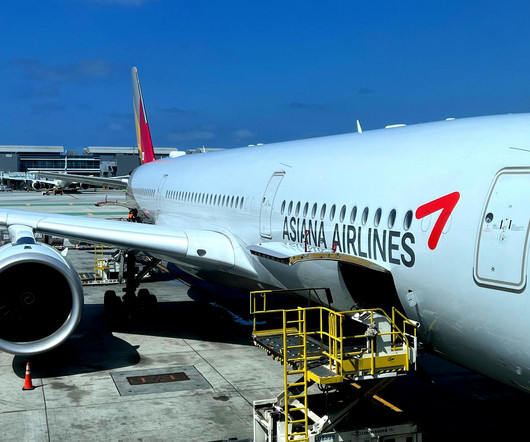





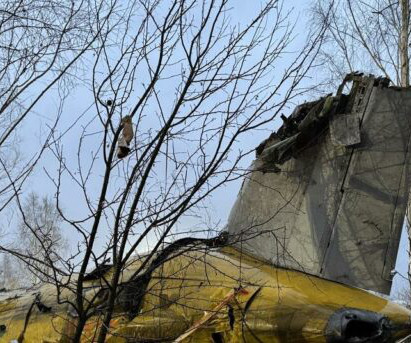



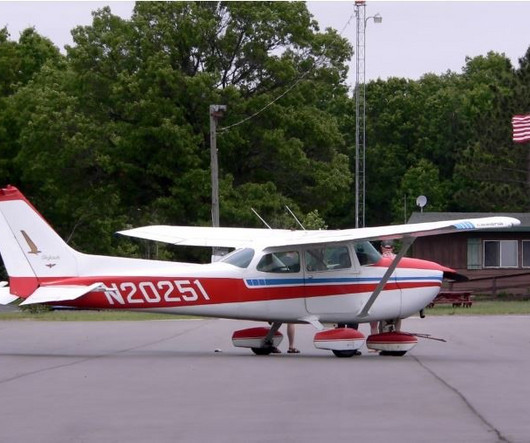
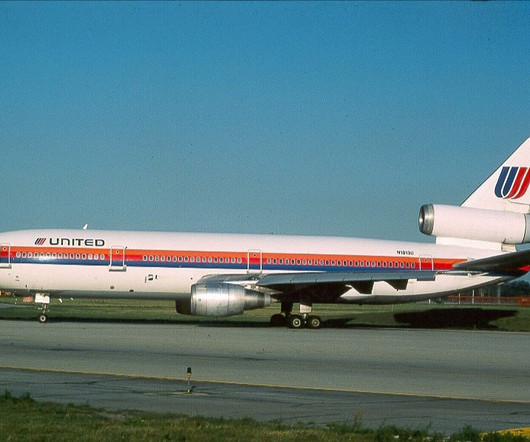
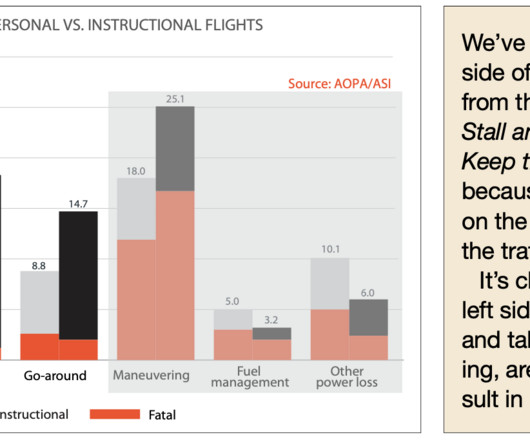
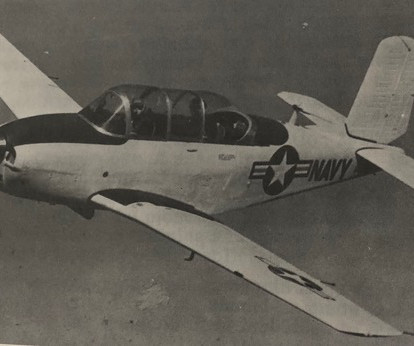
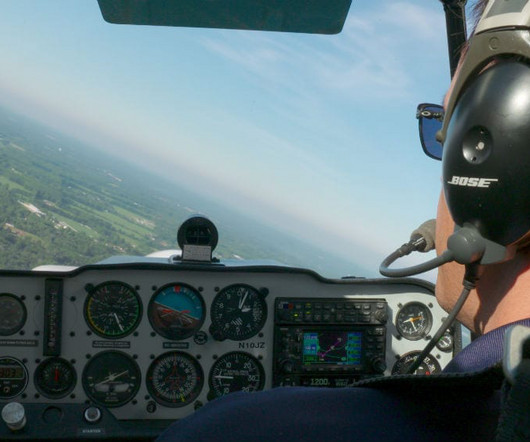


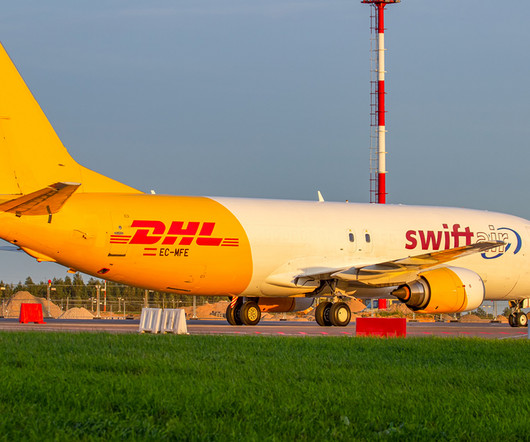







Let's personalize your content